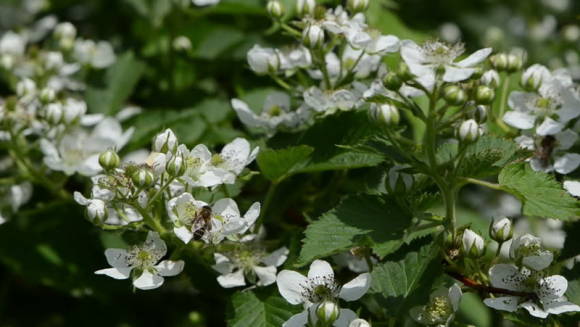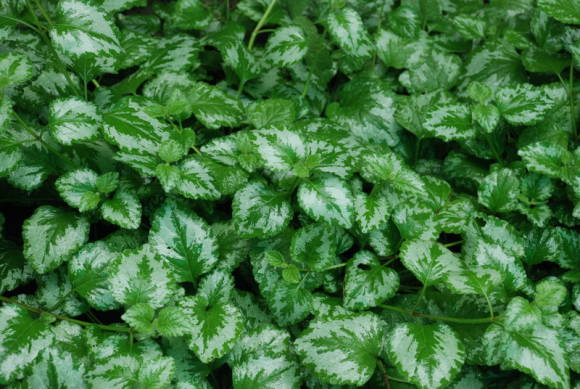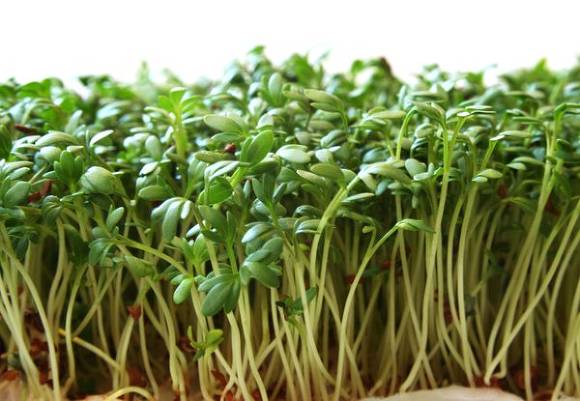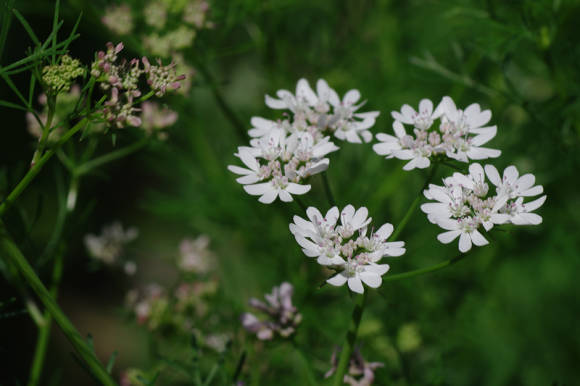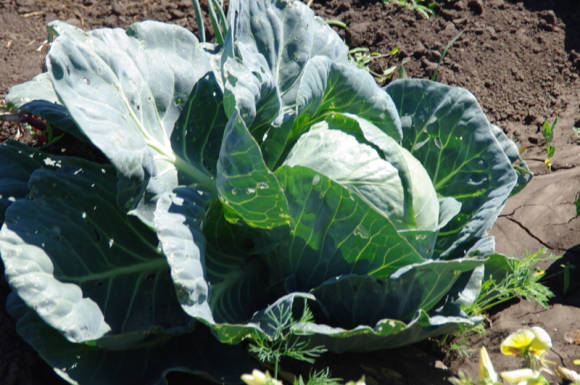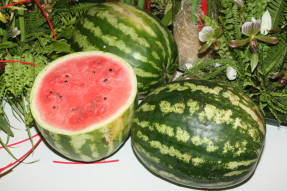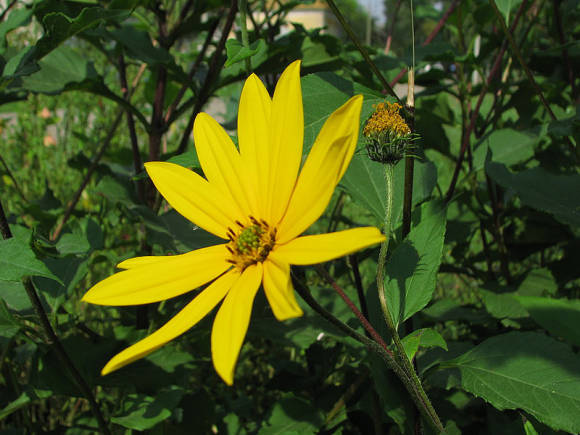Blackberries are a real hedgehog among berry crops. This plant has thorns not only on the stems, but also on the underside of the leaves and petioles, why not a hedgehog? Moreover, these thorns are so harmful that, once they get under the skin, they are difficult to pull out, and the puncture site begins to itch. Collecting such a berry is not an easy task! Due to such natural "combat equipment" blackberries as a berry crop have not found wide distribution either in fruit growing nurseries or among amateur gardeners, although this close relative of the raspberry, so beloved in Russia, exceeds its yield by 2-3 times and has more transportable berries.
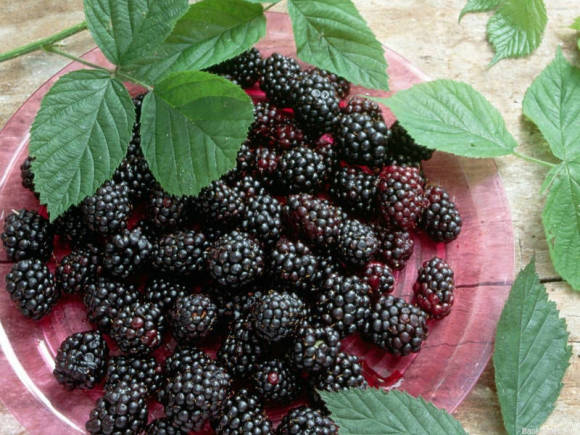
I. Michurin began to study blackberries in our country - using wild varieties, he bred a variety of large-fruited blackberries with berries of excellent quality. But science does not stand still, and today breeders have bred thornless blackberry varieties, the berries of which reach 15 g and have an excellent taste. In new varieties, an adult fruiting bush is capable of yielding up to two buckets!
Garden blackberries are divided into two main groups: the actual blackberries (or kumanik), which have straight-growing stems; and a dewdrop with creeping shoots. The intermediate form, the semi-creeping one, is much less common.
All modern varieties of this berry are characterized by high yields and good self-fertility. It is noted that cross-pollination with other varieties significantly increases the number of berries and the taste of blackberries.
Blackberries surprise with their juicy and delicate taste. They are eaten both fresh and processed. And in folk medicine, blackberries use almost everything: fruits, leaves, and roots.
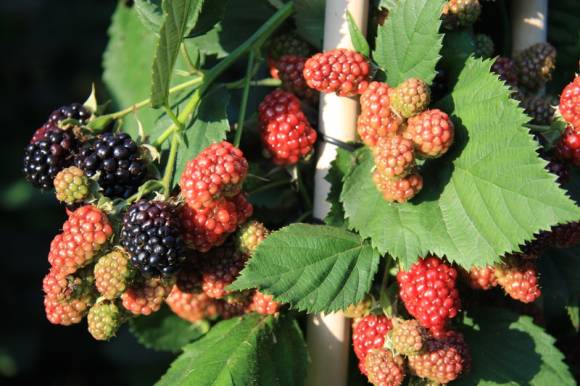
Blackberry varieties
When choosing varieties, it is imperative to take into account their winter hardiness. The most winter-hardy varieties are Vostochnaya, Izobilnaya, Renovated Lucretia, Texas, Urania and Ufimskaya local.
Of the American varieties, Apaches (thornless), Arapaho (the earliest ripening blackberries) are close to them in terms of winter hardiness., Taylor (a type of remontant type), Chester (one of the most winter-hardy blackberries without thorns), as well as large-fruited hybrids of blackberries with Boysenberry, Tayberry, Tommelberry and Youngberry raspberries.
Quite popular and most common in our amateur gardens, American blackberry varieties Agavam, Black Satin (thornless), Viner (thornless), Darrow, Thornfrey (thornless), Erie need shelter for the winter. To do this, the stems are removed from the trellis, laid on the ground and mulched.

Growing blackberries
The soil... Blackberries are undemanding to the soil and can grow even on soils unsuitable for other fruit crops. More resistant to drought than raspberries, high yields of blackberries can still be obtained on moist (but not waterlogged) soils. Moisture requirements increase during berry loading.
In one place without transplanting, it can grow and bear fruit for up to 15 years.
Planting blackberries... Planting blackberries can be done both in spring and autumn, although planting in spring allows the plant to endure wintering better. The most favorable time for autumn planting is late September - early October (before autumn frosts), spring planting is best done as early as possible.
5-6 kg of compost, 100-150 g of superphosphate, 40-50 g of potash fertilizers are introduced into the planting pit. Such soil preparation allows in the future to be limited only to spring nitrogen fertilization. On fertile soils, blackberries can grow for a long time without top dressing at all.
Immediately after planting, the seedlings are cut to a height of 25-50 cm above the ground, removing all weak shoots. This pruning stimulates the development of viable shoots from the buds on the rhizome.
As the bush grows, it is advisable to tie the shoots to a wire trellis, when the shoots reach a length of more than 2 m, the shoots are cut by 15 cm in order to stimulate the formation of lateral shoots on which the berries are formed.
Blackberry plantings require support. For this purpose, a fence or suitable wall can be used, to which horizontal rows of wire must be attached. As the shoots grow, they attach to the wire. Thornless blackberry varieties can be beautifully formed on garden arches. It is better to place such structures at a distance of 2.5 m from each other.
Blackberry pruning... Annual pruning is very important for blackberries. In adult plants, old, fruiting shoots are removed. This pruning must be done at the same time as the young shoots are tied up shortly after the berries are harvested.
The most popular and practical method for blackberries is the fan-pruning method. With this pruning option, the left shoots are fanned out in both directions. Young shoots, collecting in a bunch, are loosely tied to a central peg. Subsequently, the strongest branches are selected in the central bundle and a new fan is formed from them on a wire support. Weak or diseased shoots are removed while maintaining a central lumen for young shoots. In the spring, if necessary, the damaged ends of the branches can be trimmed.
The fan-shaped method allows you to form a bush with a fan with an open center, in which fruit-bearing branches are located on the sides, and in the center is a bunch of young shoots that will bear fruit next year. With this pruning method, it is easy to determine which shoots should be cut and which ones should be left for next year.
To increase fruiting in early June, the tops of the shoots are pinched by 3-5 cm. This technique allows you to stimulate the lateral buds, forming branches, on which inflorescences will appear next year.
Care... Adult bushes usually do not need weeding because its own abundant root shoots easily drown out weeds, but young seedlings must be weeded as needed.
Blackberries are very rarely affected by pests or diseases.
Blackberries also have good decorative qualities. In early summer, its bushes are covered with large white or light pink flowers, and in late summer they are decorated with shiny black berries. Blackberries make magnificent hedges, although in single plantings they can become a decoration of the site.
